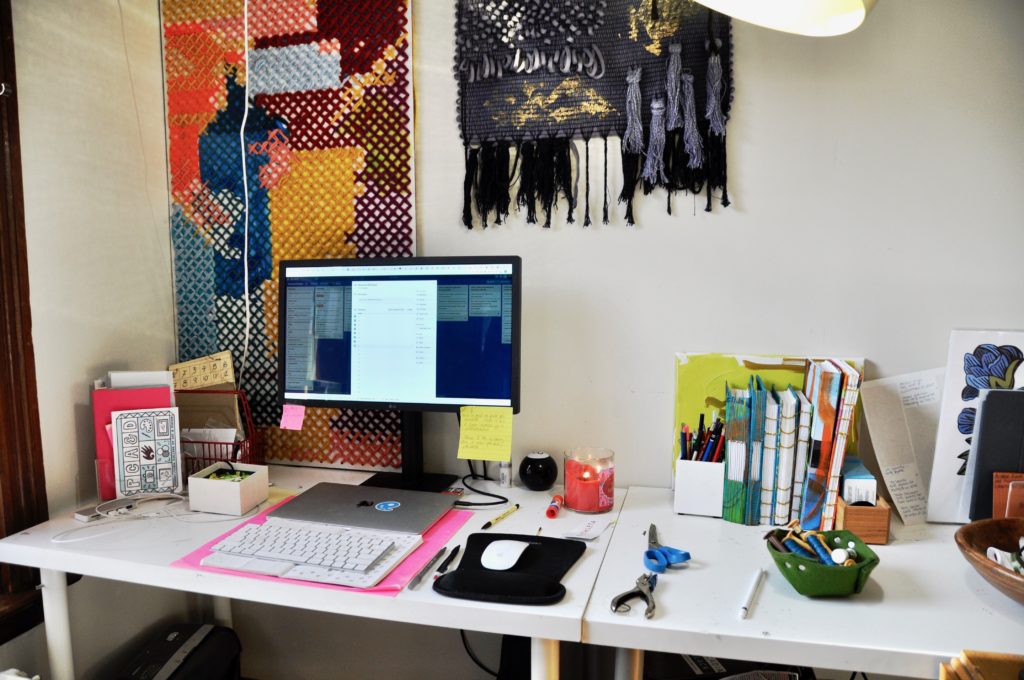How to Teach Art Online
Many schools are closing and asking teachers to teach classes online to avoid the spread of (COVID-19), while it is possible to teach art online (it’s something that I’ve been doing for 6 years) it can feel overwhelming in the beginning. It can be hard to know where to start, what platforms and equipment to use and how to find the time.
To help you, I’ve collected some of my favorite tools for teaching online and am sharing them below.

I get a lot of questions about teaching art online, so I decided to do a live video to answer your questions, you can watch the recording below.
I use wordpress + zippy courses to create my online courses and it works well, however, in a pinch, it’s not what I would recommend. Instead consider exploring the LMS that your school already has, or using something like Google Classroom. Below are videos to help you get started and that you can share with your students to help them better understand how to use Google Classroom.
How to set up your classroom
2. How to have students join your classroom
3. How to adjust your settings and set up your gradebook
4. Teaching students how to submit their work
5. Showing students how to check their grades
Creating videos
Video is an important tool when it comes to teaching Art online, and you need to know where to save your videos. Here are a few of my favorites.
Recording your screen is a simple way to start creating videos. So any powerpoints or examples that you would show in your classroom, you can record via video. I prefer vidgrid to record and host all of my videos. If you’re looking for a free tool, soapbox by wista is also a good screen recorder.
Class calls
You might also be considering doing some live class calls. As with all things online, before you get started make sure that you understand your schools’ guidelines, especially around live video calls.
Since I do a lot of teaching online, being able to do group conference calls is essential, and the newest tool that I’ve been using and loving is zoom.us. This tool could also be used for:
- chatting with a homebound student
- connecting with parents
- connecting with other teachers
- hosting a virtual speaker
A few important notes about zoom. If you’re using the FREE version, the call will be limited to 40 minutes, but there are no limits to how many calls you can host in a day. There is an option to record, which I always recommend so that students that aren’t able to attend can still learn.
Are you thinking about teaching online or creating your own courses to make money on the side?
I often receive additional questions about how to teach online and how to start your own courses. If this is something that you’re really interested in I recommend that you check out the course Do/Teach. Do/Teach is a self-paced e-course designed to lead you through the process of developing a creative e-course, workshop, or in-person course. You’ll develop a class based on your unique skills, talents, aesthetic, or vision that doesn’t just teach people how to rip you off. (After all, you want to protect your confidential processes.)